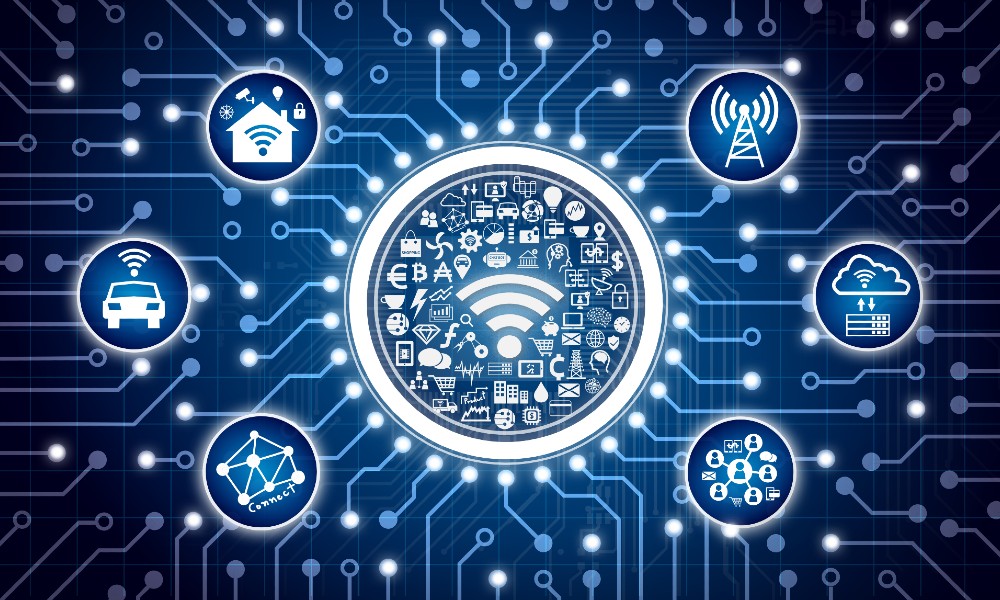
In April of 2020, the US Federal Communication Commission began auctioning off the Citizens Broadband Radio Service (CBRS) spectrum, which is 150 MHz of spectrum – ranging from 3550 – 3700 MHz – in the 3.5 GHz band. Initially, it was used sparingly by the U.S government and other entities but the band was identified by the FCC as additional spectrum for shared wireless private broadband.
CBRS was quickly in high demand once put up for auction, mainly thanks to the advantages the spectrum can offer when compared to WiFi. CBRS overcomes the limitations of WiFi and provides a more efficient option for large commercial enterprises. While WiFi coverage and capacity can be limited, CBRS gives commercial enterprises two times the capacity and up to four times the range of WiFi.
However, the availability of low-cost, shared wireless spectrum also allowed enterprises to own and operate private LTE and 5G networks. Enterprises of all sizes, industries, and verticals quickly attempted to adopt the new spectrum, as the option has introduced a new financial and technical model that offers favorable economics and simplicity, spurring the development of new decentralized network approaches.
“In computing terms, a decentralized network architecture simply distributes workloads among several machines, instead of relying on a single central server,” explained Roy Timor-Rousso, Chief Revenue Officer at Pente Networks, a private 4G/5G network as a service challenger to incumbents. “This trend has evolved from the rapid advancements of desktop and laptop computers, which now offer performance well beyond the needs of most business applications. Thanks to the sale of the CBRS spectrum, decentralized networks are now becoming more commonplace for the benefit of the public.”
Decentralized networks are being built using a collection of standard cellular wireless equipment, such as access points (small cells) and network gateways. The public can purchase this network equipment online, enabling them to deliver wireless connectivity across their home, business, or community, and connect a broad range of devices, such as smartphones, tablets, computers, Mi-Fi, smart speakers, and more.
“This model means that the public can expand cellular coverage organically, without the need for traditional wireless carriers to be relied on to extend or modernize their broadband into underserved areas,” Timor-Rousso explained. “This can greatly aid in closing the digital divide in the U.S.”
A recent FCC broadband report found that roughly six percent of the country, which equals 19 million people, still lack access to broadband internet.
While decentralized networks can play a part in improving the lives of a vast amount of the public, the trend of decentralization brought on by the CBRS auction can greatly benefit enterprises as well. With decentralization, enterprises can start creating their own decentralized private networks (DPNs).
“A DPN is similar to a virtual private network (VPN), in that they also use encrypted tunnels to route web traffic, but they do this over decentralized rather than centralized networks,” Timor-Rousso said. “DPNs are serverless and distributed, ensuring higher security levels such that user data is not logged or hacked. Cybersecurity, which has become a point of emphasis for enterprises today, is one of the main areas where a DPN can offer benefits.”
A DPN offers the same basic benefits as VPNs, but with additional advantages that include the
DPNs are also much more cost-effective than VPNs, which for enterprises, makes the technology very enticing when it comes to the bottom line.
Any premium VPN service would cost an enterprise around $30 to $100 in a year but using DPN they’re able to save because platform tokens fluctuate. Even physical DPN devices may cost an organization around $500, but this is for one time buy, meaning they’d save money in the long run.
“Decentralization is growing rapidly as we as a society continue to venture further into a new digital era, with some industries like finance already adopting decentralized networks in large amounts,” Timor-Rousso noted.
(For example, Decentralized Finance users grew from under 25,000 in 2019, to over 4.5 million today in 2022, thanks to an increase in the use of cryptocurrencies or NFTs.
And apart from finance, thanks to the benefits decentralized networks, both private and public, can offer enterprises and consumers, the technology is sure to become critical for organizations in all sectors.
To learn more about both public and private decentralized networks, and how they can help revolutionize daily business processes, Jameson Buffmire, Vice President at Cal Chip Connect will be holding a session that details the endless possibilities decentralized networks have to offer. This session will be one of many being held at the Enterprise 5G Live Event in Atlanta, Georgia, from April 25th-27th.
Edited by
Maurice Nagle QUICK LINKS
QUICK LINKS